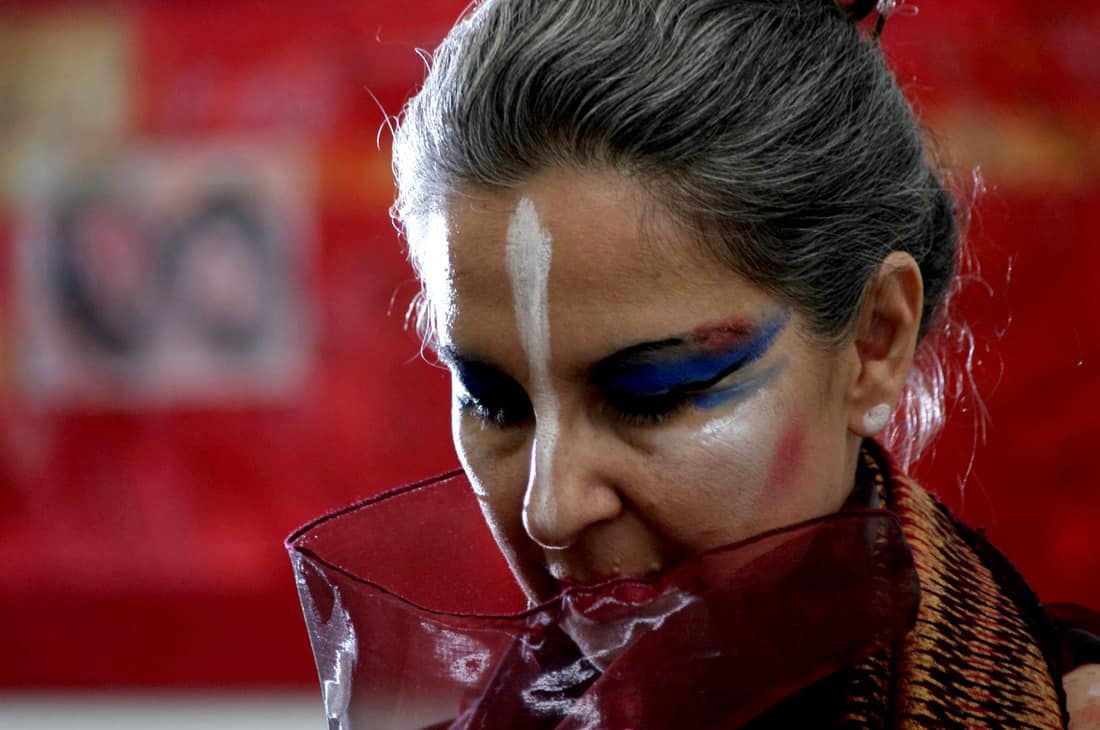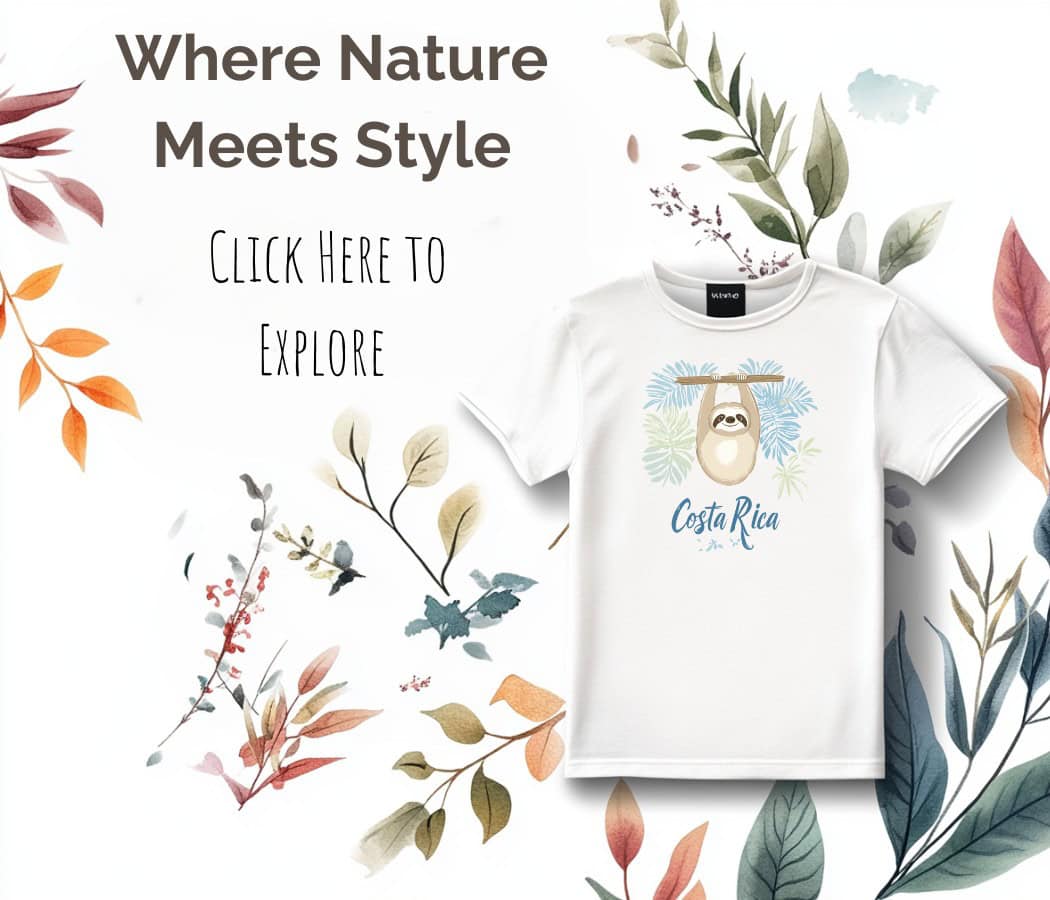Using art in all its possible expressions has motivated Rossella Matamoros for more than two decades. At home in Costa Rica and in studies around the world, the artist has focused her work on creating interdisciplinary pieces that depict complex topics.
Some of the techniques she has explored include drawing, painting, sculpture, installations, set designs, dramaturgy, performance and video, all while living on three continents and studying in six countries.
Her artistic career began when she was 18 and studied visual arts at the University of Costa Rica (UCR). She then obtained a Fulbright scholarship to obtain a Master of Fine Arts degree at George Washington University, which she followed with a scholarship from the French government to study in that country. Finally, she obtained a third scholarship from the Japan Foundation and went to study art in Japan.
Throughout, her deep interest in social issues remained very much alive and a part of her work, driving her toward explorations of performance art.
“I do a lot of performance with different topics because I’m always trying [out] different subjects that relate to human development, trauma, recovery, quantum physics or sociology, and politics related to immigrants,” Matamoros told The Tico Times.
On a warm afternoon at the soda (cafeteria) of the National Children’s Museum, The Tico Times sat down and spoke with Matamoros about her life and work. Excerpts follow.
What did you learn in each of your experiences studying outside of Costa Rica?
First, that I had to be myself. I could not avoid being a Latina in places with a lot of prejudice. In Paris at that time, at the end of the 80s, there were a lot of prejudices against Latinos. In Washington, DC, as well, especially toward a Latina – of being dumb and light-headed.
But I was a Fulbrighter. I was not just any student. I realized I had to work two times harder so that they would believe and respect me. I was always very happy to represent my country in another place, whether they appreciated [Costa Rica] or not.
For me the process is more important than the result. What I’ve been able to do is to take advantage of visiting the museums, documenting myself, watching movies, going to the theater, and going to concerts. That’s what I’ve learned in each of these big cities. One must not forget as an artist and as a professional that you’re just a dot of light in space; if you don’t feed that light, it’ll turn off, because there are thousands of millions of persons on the planet.
The quality of that artistic process must be linked to a learning process, because there’s no more wonderful thing than keep learning at all ages and surprising yourself with things that others do.
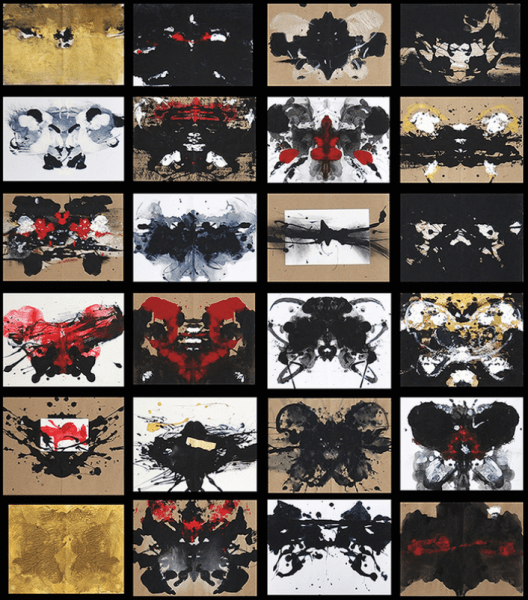
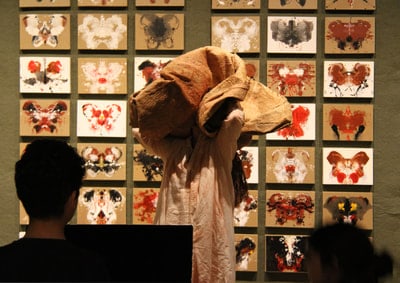
What is your research process like?
I have basic topics that I’ve been working on from the end of the 80s and beginning of the 90s, which are the connecting threads of my artwork. One of the topics is trauma and recovery. Another is human development. This immigration exhibition relates to the topic of trauma or the high-risk teenager, because many of them got onto The Beast, the train that crosses over Mexico [to] the United States.
From those basic threads, I research the techniques of installation, video, performance, drawing or painting. What I do are various different “tissues” depending on the project I want to develop.
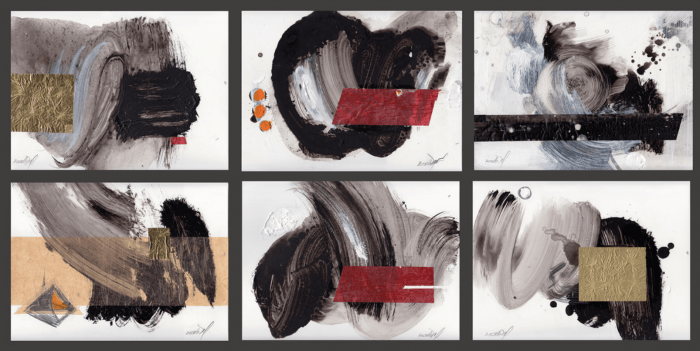
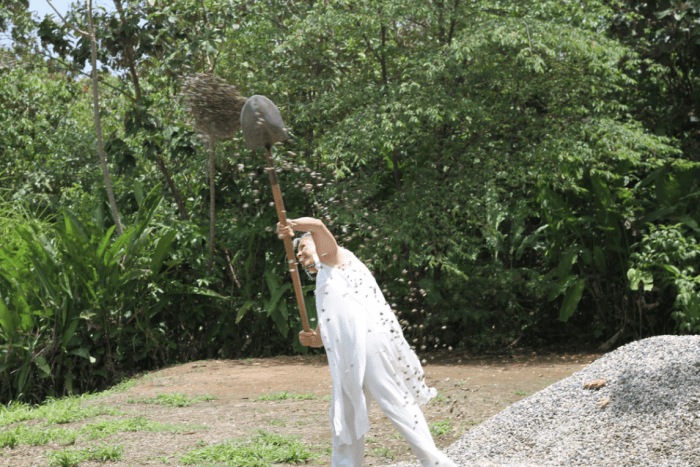
How do you transfer all those research topics into art?
It depends on the topic. Sometimes it’s about reflecting a lot without doing anything. Other times it’s drawing a lot on a small scale. Other times it’s buying materials to then create objects. It varies a lot, and once you’re in that creative process, you can start with one line on a white piece of paper and you say: I started.
Your creative integrity and your humane reflection will provide you the images that you need for what comes next. It can be an object you’ll find in mid-process… Meanwhile, if you take your time to analyze the different parts you might see that you started with a proposal that you think is all set, but then it doesn’t work.
[If it doesn’t work] I begin all over again, because there’s no more frustrating thing than doing something that’s predictable. The audience is way too smart for me to give them dumb things. The main thing for me is to not get bored.
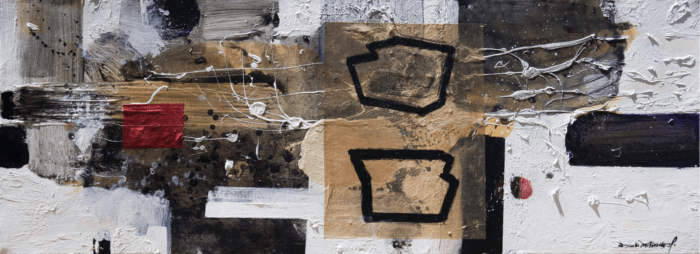
Why is it important to you to make your audience think?
Because there’s a lot of information in the world. Everybody reads. If you buy a refrigerator, you have to read the gigantic brochure to see how to install it. In general, people are much more analytical. I have to resort to tools because you can listen to the museum’s dinosaur that shouts all day [in the distance the roar of the Children Museum’s dinosaur can be heard]. Well, that calmly competes with the exhibition that I have upstairs [at the gallery] with a video of the performance.
As an artist I have to look for tools, as does any professional. You as a journalist have a recorder, video, document, photographs. Why? Because it’s a very multifaceted world. one is obliged to give something exceptional.
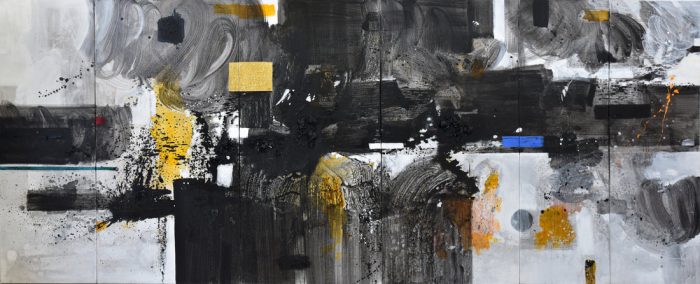
Do you think the research into complex topics gives your work a more integral vision?
I take hours, weeks, and months to document one topic. When I decide to place it in an exhibit, it’s because I’ve been reading, watching movies and videos, doing interviews with different people to integrate it into my creative process. It’s not only reading about it, but also internalizing it. After months or years of study, one is able to internalize it in a very dynamic way.
When you tune into yourself for the creative piece, you can speak… in a way that’s been digested. That’s the only way the artwork that’s presented can have a structured, solid content. If not, it’ll become one more object in the space.
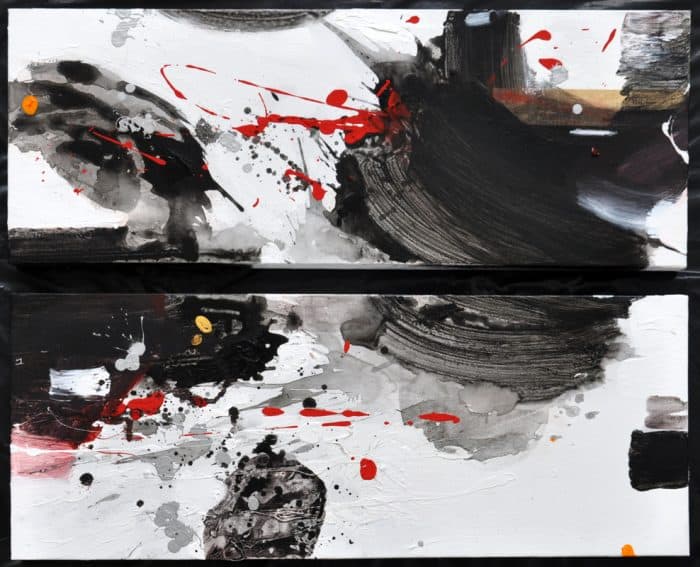
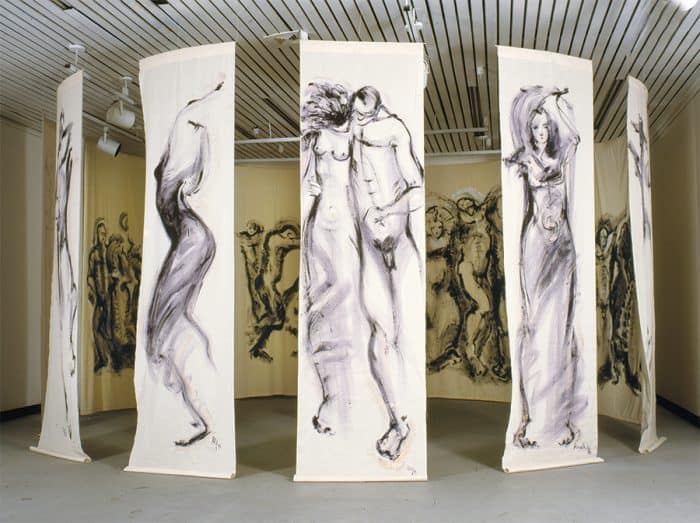
Matamoros has exhibited her work in Costa Rica, the United States, Italy, Spain, France, Switzerland, Taiwan, Japan, Mexico, Argentina, Colombia, Honduras, Panama, El Salvador, Peru, Chile, Guatemala, Mexico, and Japan. She has won the Costa Rican Aquileo J. Echeverría Award two times (1998 and 2003) as well as other national and international awards. Her latest work The Border / Immigrants is on exhibit at the Galería Nacional in the Children’s National Museum in San José until June 24th.
“Weekend Arts Spotlight” presents Sunday interviews with artists who are from, working in, or inspired by Costa Rica, ranging from writers and actors to dancers and musicians. Do you know of an artist we should consider, whether a long-time favorite or an up-and-comer? Email us at elang@ticotimes.net.

